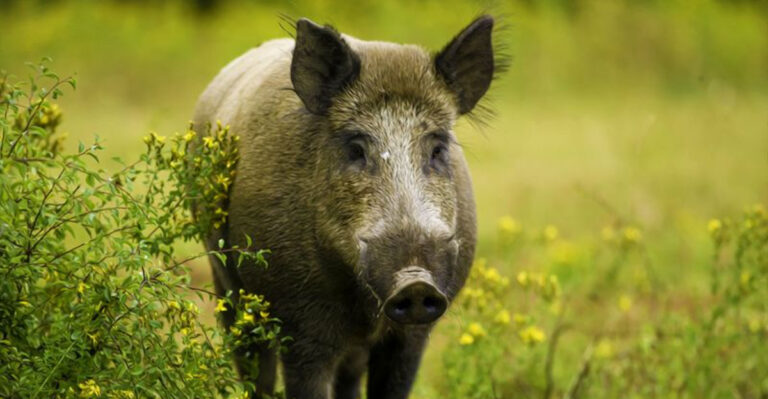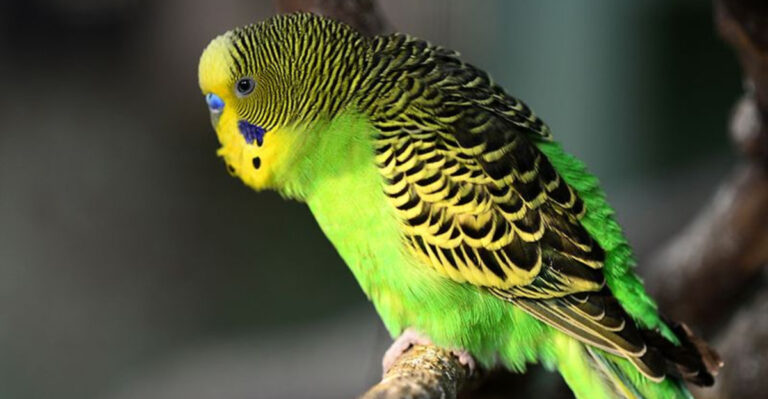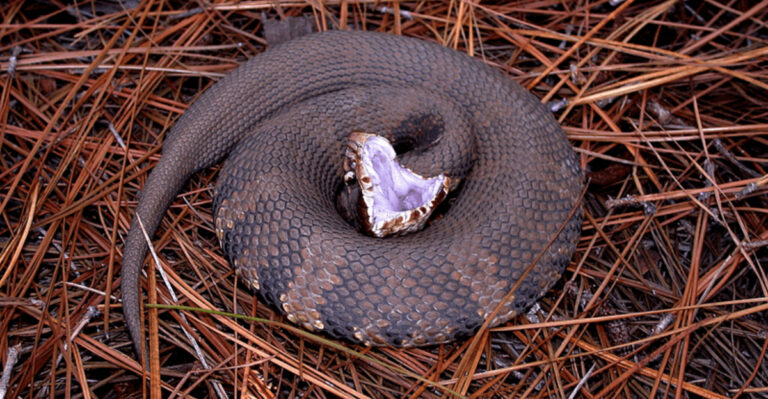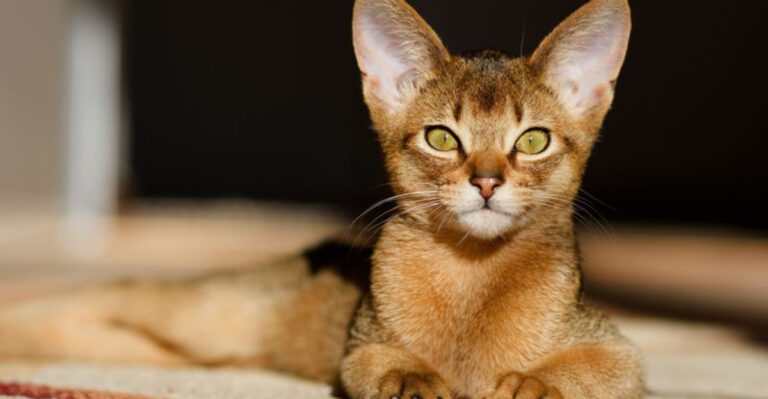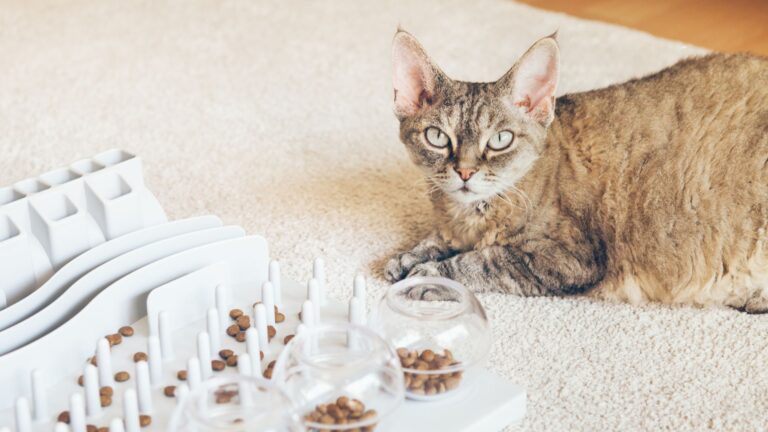Rat Vs Mouse: Major Differences, Identification And More
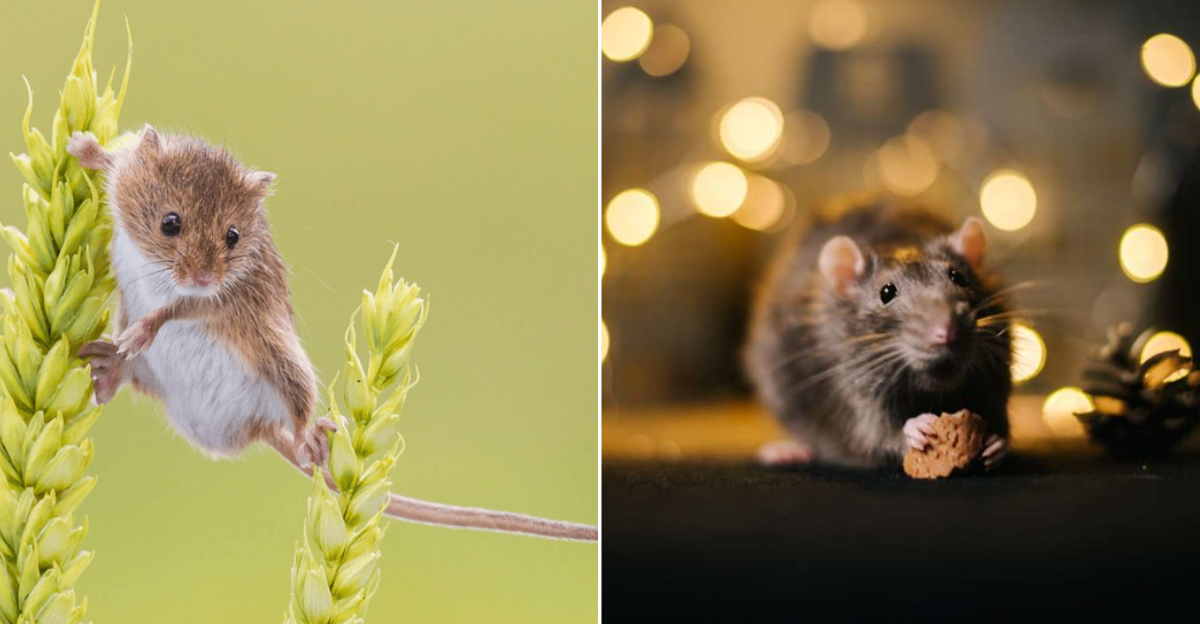
In the world of rodents, rats and mice often get mistaken for each other. But, did you know these tiny creatures are wildly different?
From their personalities to their survival tactics, each has its unique quirks. Let’s embark on a quirky exploration of 15 fascinating differences between rats and mice that you probably never knew.
1. Size Matters

When it comes to size, rats and mice are like giants and pixies. With a rat, you’re looking at a hefty, robust creature, almost like a miniature bulldog, whereas a mouse is more akin to a tiny ballerina, nimble and petite. Their size not only impacts their appearance but also their habitat preferences.
2. Tail Tales
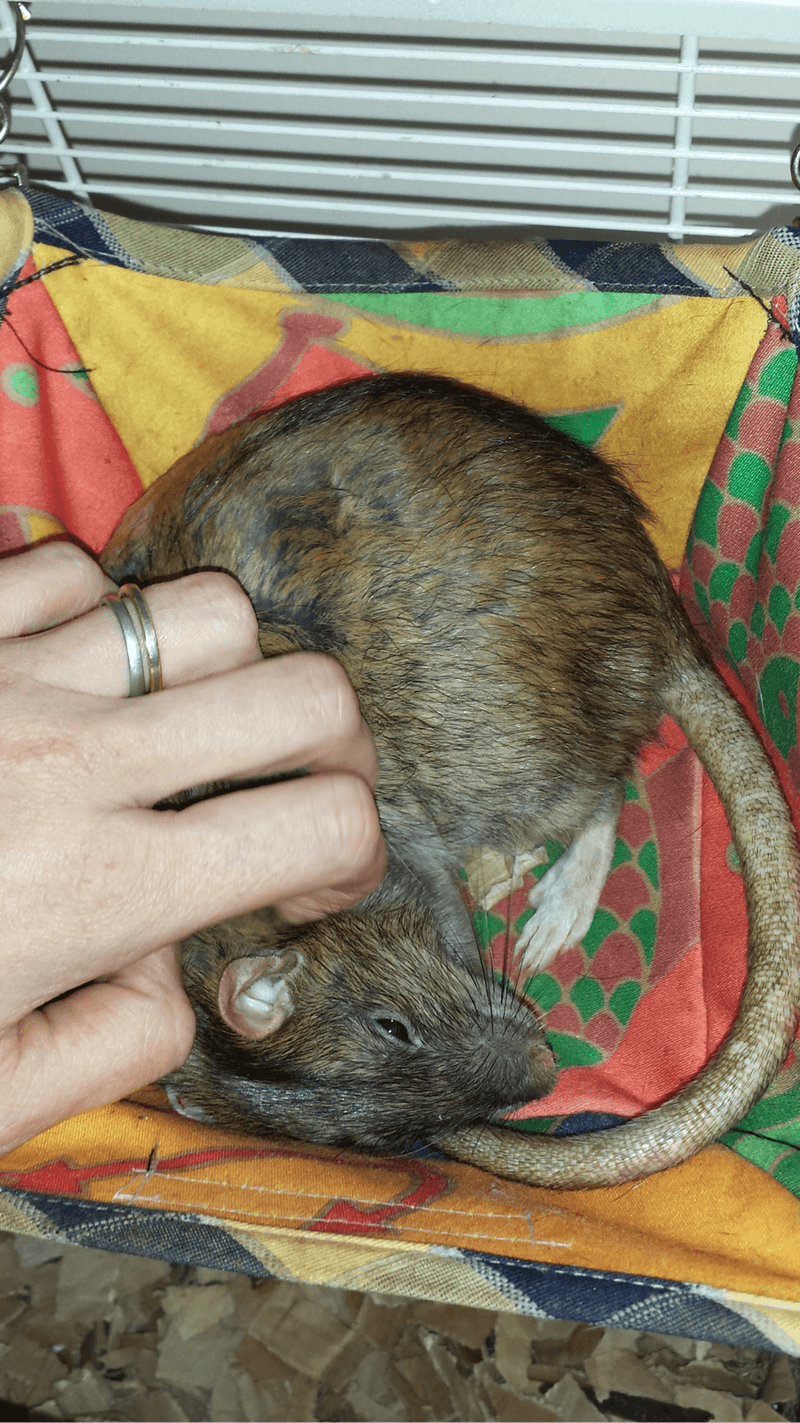
Rats flaunt thick, scaly tails that look like something out of a reptile’s wardrobe. Meanwhile, mice boast thin, hairy tails, almost like they’re auditioning for a role in a fairy tale. These tails aren’t just for show; they help in balance and communication, making them vital to their survival.
3. Lifestyle Choices
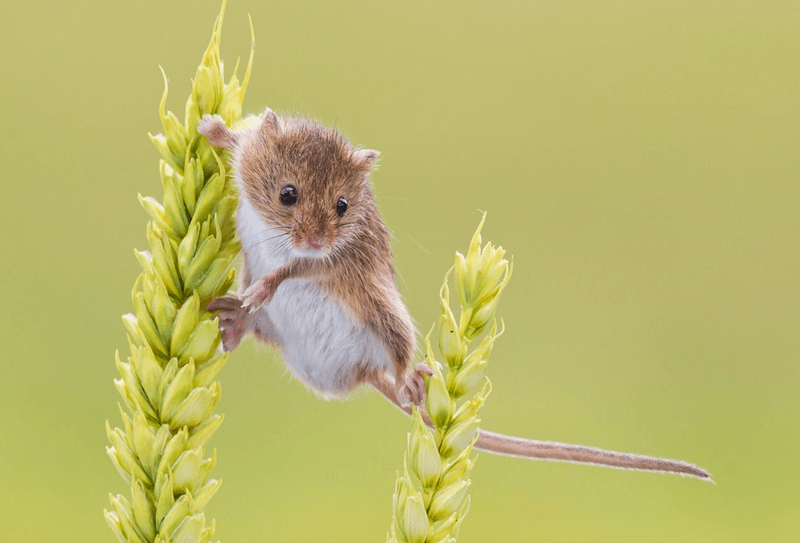
Ever wondered where these creatures prefer to hang out? Rats are the urban dwellers, thriving in bustling cityscapes, while mice prefer the serene countryside. It’s like comparing a city slicker to a country artist. Their living preferences dictate their diet and social interactions too!
4. Dietary Preferences
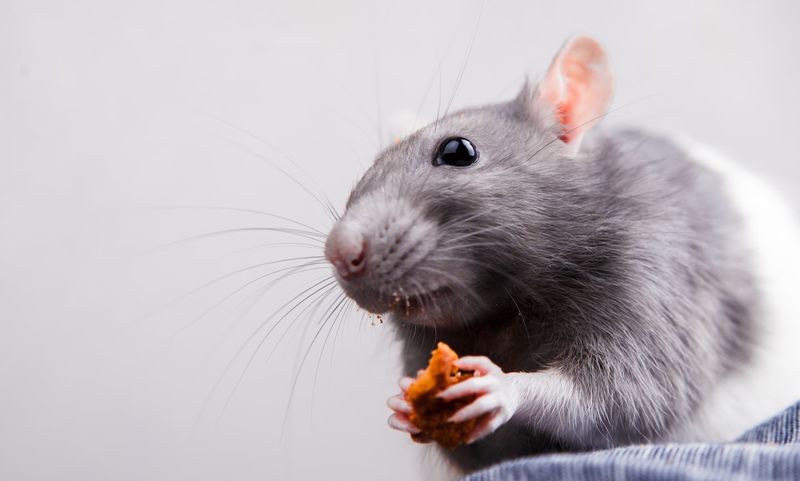
Rats are the foodies of the rodent world, enjoying a varied diet that includes human scraps. Picture them raiding a slice of pizza at a street corner. Mice, however, are more like health-conscious eaters, preferring grains and seeds. Their diet reflects their adaptability in different environments.
5. Social Butterflies

Rats are the socialites, often seen in groups, engaging in rodent gossip. They thrive on social interactions, forming complex hierarchies. In contrast, mice are more like introverted artists, often found alone, contemplating their next move. Their social habits can affect their survival and reproduction.
6. Intelligence Levels
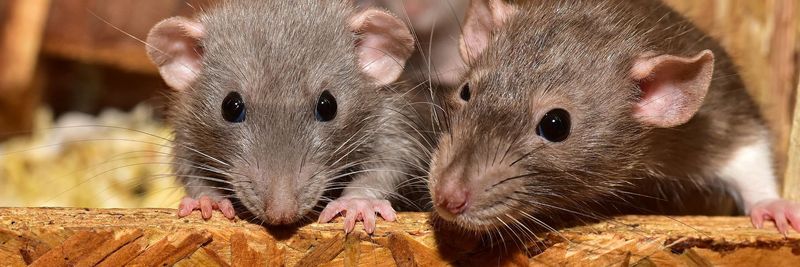
When it comes to intelligence, rats take the cake. They’re the Einsteins of the rodent world, easily trained to navigate mazes and solve puzzles. Mice, while clever, often take a bit longer to catch on. Their cognitive abilities have been the subject of many scientific studies, revealing fascinating insights.
7. Breeding Habits
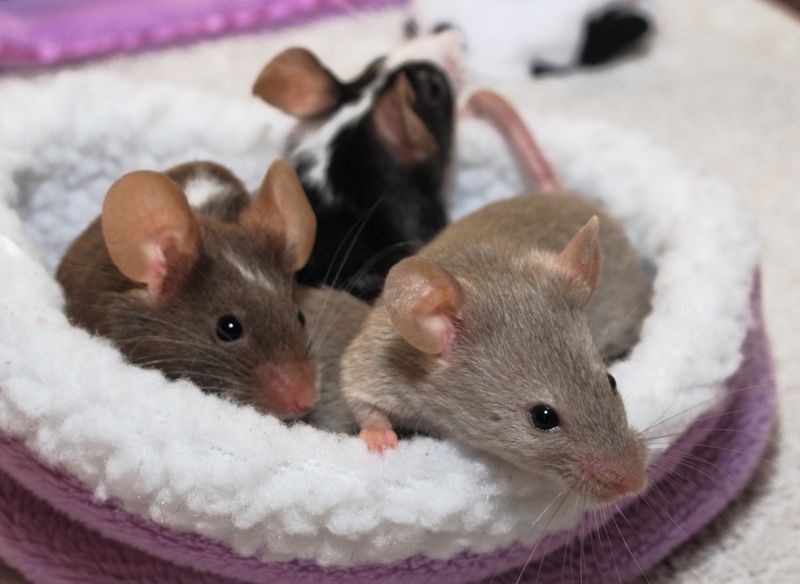
Rats are prolific breeders, with a knack for producing large litters. Think of them as the large family types. Mice, however, prefer smaller families. Their breeding habits are closely linked to their survival strategies, allowing them to adapt to changing environments rapidly.
8. Nocturnal Nature
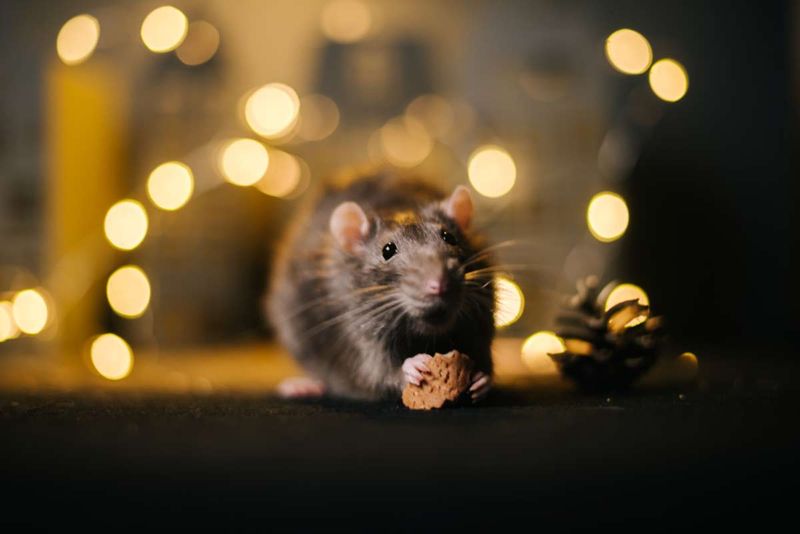
Both rats and mice embrace the night, but they party differently. Rats are the night owls, active and busy under the moon’s glow, while mice are like the quiet night readers, still and watchful. Their nocturnal habits help them avoid predators and find food, making nighttime their prime time.
9. Communication Styles
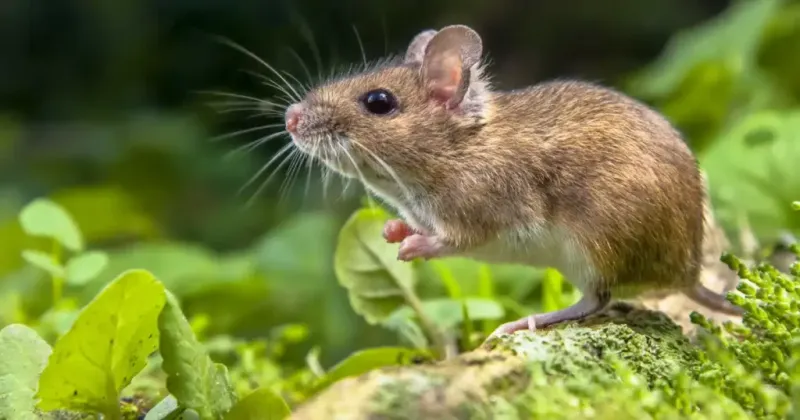
Rats are the chatterboxes, using a mix of squeaks and body language to communicate effectively. Mice, on the other hand, rely heavily on ultrasonic sounds that are inaudible to human ears.
Their communication styles are tailored to their social structures and environmental needs, making them fascinating conversationalists.
10. Physical Features
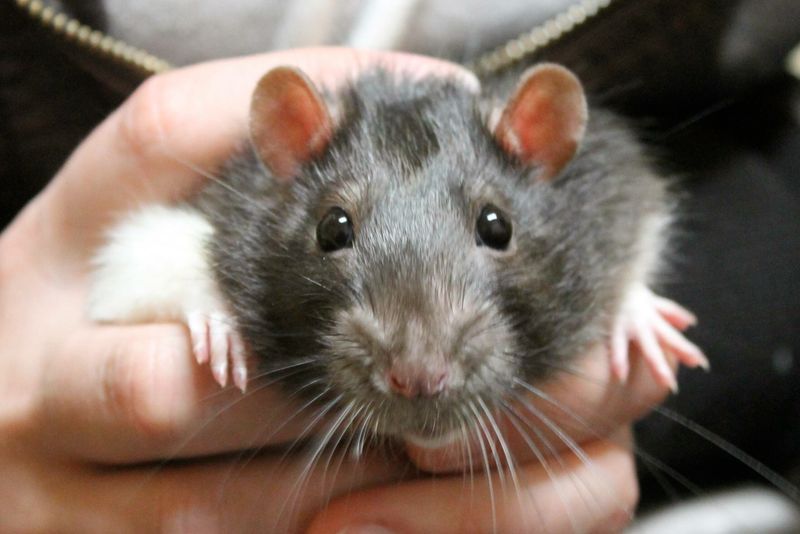
A rat’s face is a study in contrasts with its long, blunt snout and small ears, like a tiny boxer. Mice, featuring dainty snouts and large, dish-like ears, look ready to take flight. These physical differences aren’t just for show; they play crucial roles in their sensory perception and environmental interaction.
11. Lifespan Variations
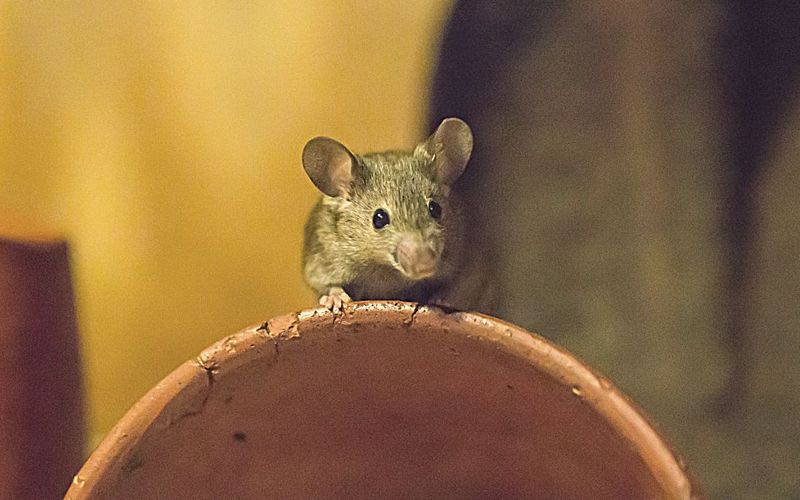
Life calendars for these rodents are quite different. Rats typically enjoy a longer life, ranging from two to three years, while mice often meet their end within a year or two. These lifespan differences influence their behavior, risk-taking, and reproductive strategies, contributing to their roles in ecosystems.
12. Handling And Temperament
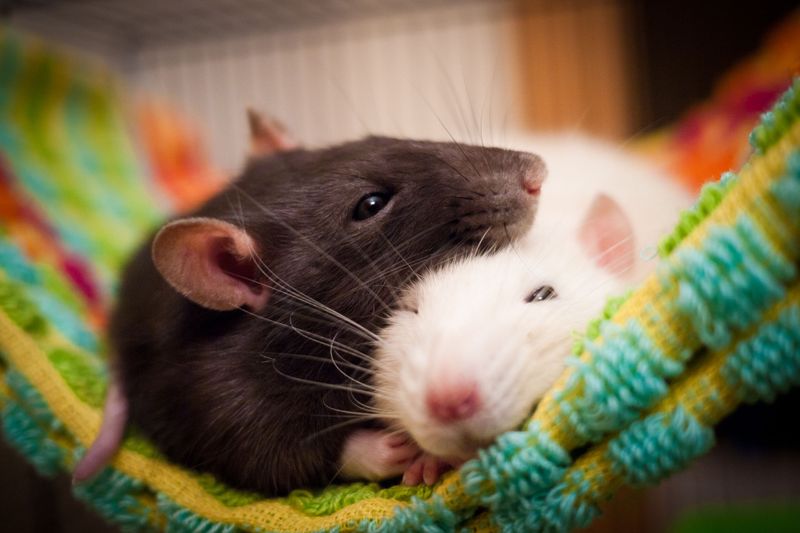
Rats are the calm Zen masters of the rodent family, often enjoying gentle handling by humans. Mice, however, with their jittery nature, prefer to keep interactions brief and on their terms. Understanding their temperaments is key to caring for them as pets or in research environments.
13. Adaptability
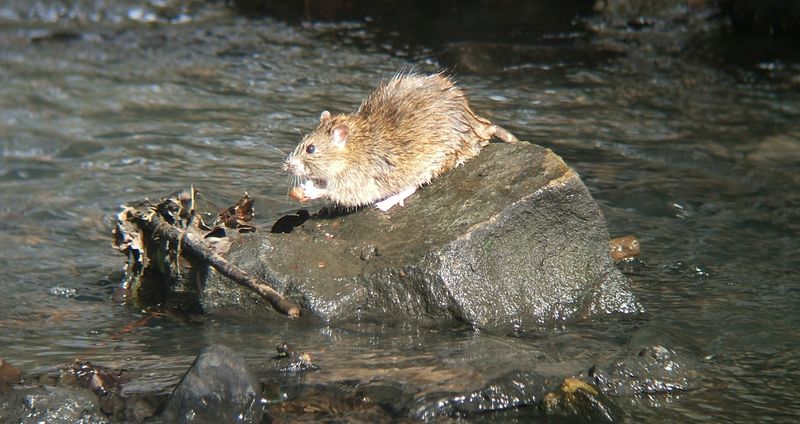
Rats are the ultimate survivors, adapting effortlessly to urban chaos. Mice, favoring stable rural settings, are like the homebodies of the rodent world. Their adaptability influences their ability to colonize diverse environments, making them successful in their ecological niches.
14. Health And Disease
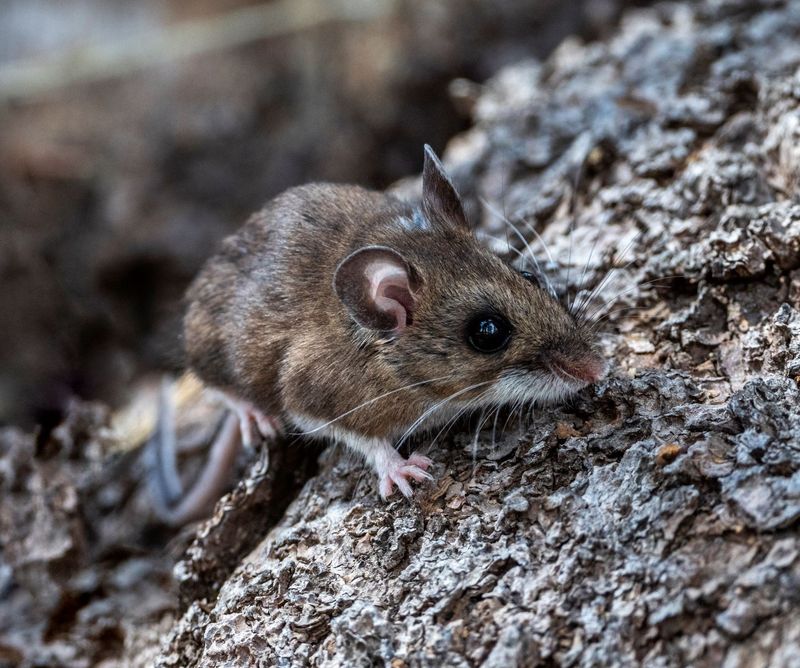
Rats, though resilient, are often associated with spreading diseases, a legacy from historical pandemics. Mice, although smaller, can also carry diseases, but their impact is less notorious. Understanding their health profiles helps in managing their roles in both natural and human-influenced environments.
15. Sensory Abilities
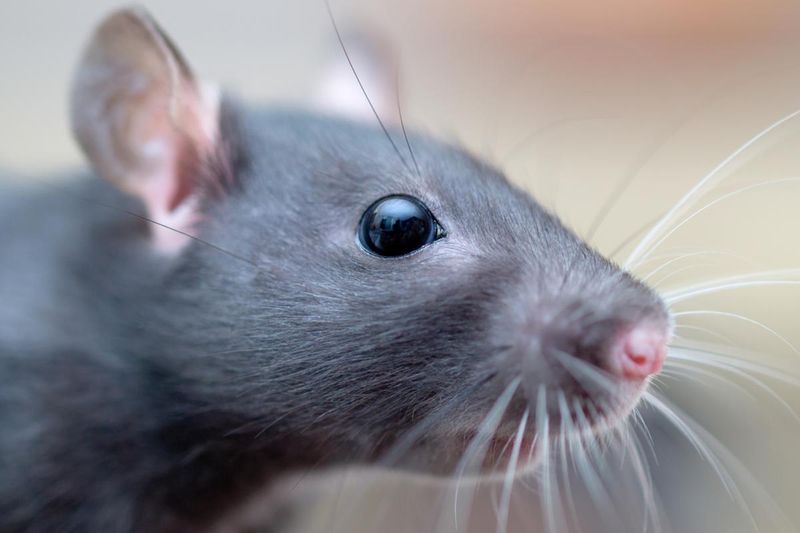
Rats rely on their sensitive whiskers for navigation, making them excellent explorers in the dark. Mice, with their large, expressive eyes, are more visually attuned, allowing them to detect subtle movements. These sensory adaptations are crucial for their survival, aiding in food gathering and predator avoidance.

